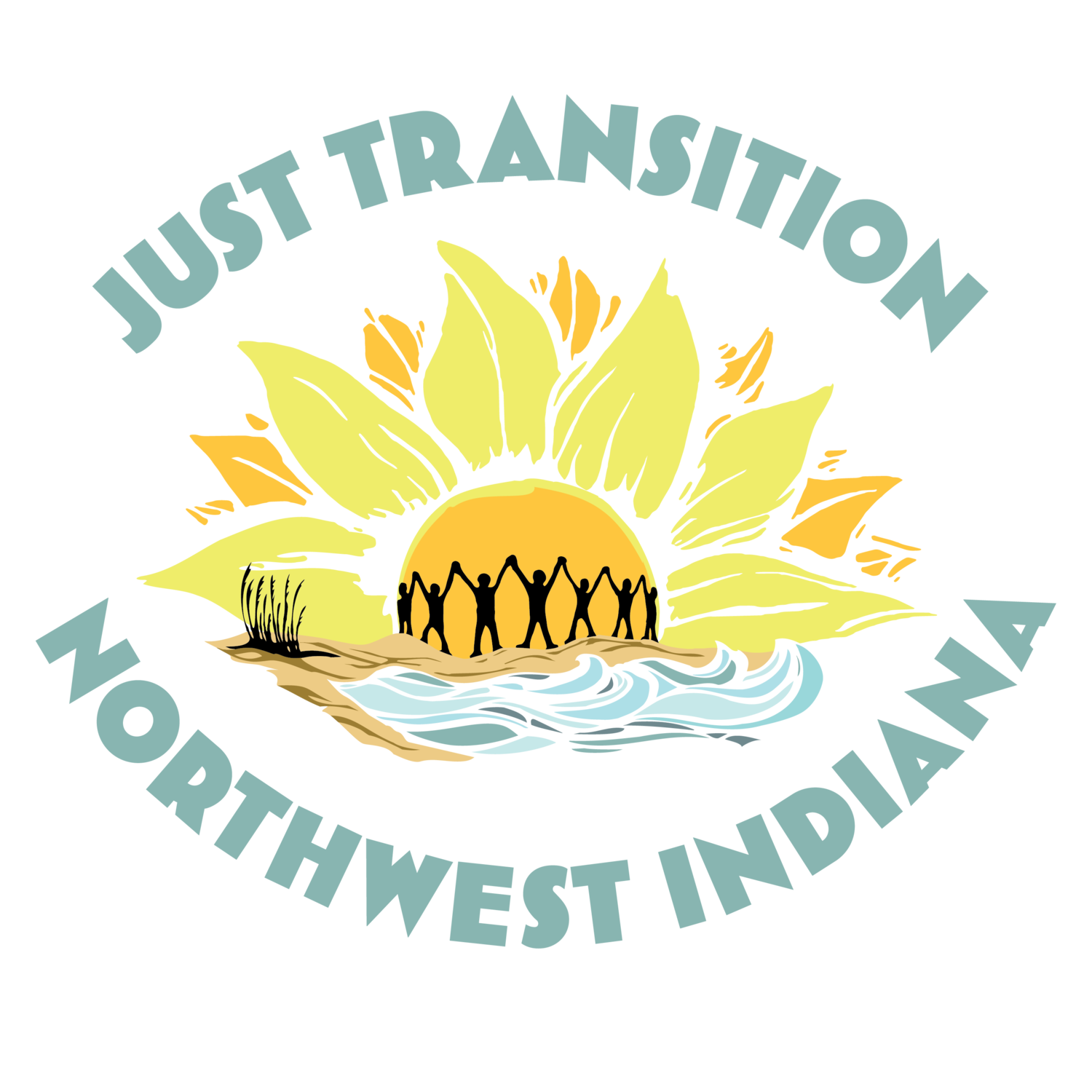Why I’m An Activist: My Journey from Guam to Michigan City
Sunset in Hagatna Guam by Lucie Rangel, 2020
Where we’re born and where we live impacts who we are. For some people, where they choose to live encompasses their whole identity. When something encroaches on that place, a person will react. In my case, it was when I discovered our utility company, NIPSCO, is threatening Lake Michigan and neighboring Trail Creek with toxic coal ash pollution in the place I now call home: Michigan City. This was the spark that ignited my passion for environmental justice and activism. However, the powder trail that got me to this point went back much farther…
I was born in Tamuning, Guam. My mother traveled to Guam for work, and it was there that she met my father and had my twin brother and me. When we were only a few months old, my mother brought our family back to the United States to be closer to her relatives in La Porte, Indiana. All my schooling years were in La Porte. I graduated from Purdue University Northwest (formerly Purdue University North Central), a college in Westville, Indiana, about fifteen minutes from where I lived.
Throughout my life, people asked me what Guam was like. Since I don’t have any cognitive memories of it, I could only tell them what I learned from books and online. My research captivated me, and I glimpsed how beautiful the island was through photos and videos. I could watch and admire the beautiful tropical landscape where I was born. Although Guam is a very small island, approximately eight miles wide and thirty miles long, the jungle and beaches are a few of the island’s features that left an imprint on me. I learned how the Chamorro people, much like their Polynesian counterparts in Hawaii and New Zealand, lived according to what the island and sea provided. Thus, the Chamorro built an entire sailing and fishing culture there.
In my research, I also learned of the legacy of U.S. imperialism in Guam. When the United States gained control of the island from the Japanese after the Second World War, the government set up a base for the United States Navy. Since then, several bases have opened on Guam, including Andersen Air Force Base and Camp Blaz for the United States Marine Corps. Pollution around the bases has been a constant issue. Dating back to 1992, the Andersen Air Force Base, situated in the northern part of the island, has been part of EPA’s national priorities list (NPL) due to hazardous substances dumped into unlined landfills and storage areas housing them, including gasoline, pesticides, metals, and munitions. The expansion of the U.S. military on the island and land acquisition are also threatening endangered plants and animals, including the Guam Micronesia kingfisher and the Mariana eight-spot butterfly. The island’s environment needs to be protected from historic pollution and the worsening impacts of the climate crisis.
This land holds deep emotional and ancestral ties for Guam’s indigenous peoples. A legacy of more than 400 years of colonization to this day through U.S occupation has also actively perpetuated profound injustice on the island that has been made visible through a movement for a free and truly liberated, independent Guam, led by locals and essential grassroots groups, like Micronesia Climate Change Alliance.
Unfortunately, I have not been able to return home to Guam and revisit my roots. Finances were always tight in my family growing up, so tickets and accommodations were too high to make travel possible. However, I’ve made it my mission to return one day. That drive is the same reason I became an activist.
A pivotal turning point in my local activism journey was Just Transition Northwest Indiana (JTNWI). I discovered JTNWI by accident. On my way to a friend’s house, I stopped near the Town of Pines to grab gas. I noticed a flier on the glass door advertising a protest in Michigan City against NIPSCO and their petition to raise electric rates. I was ecstatic! I hadn’t been part of a protest in a couple of years, not since one was held in La Porte in solidarity with the movement for Black and Brown lives and to demand justice in the 2020 murder of George Floyd. Determined, I scanned the QR code on the flier and immediately signed up.
On the day of the protest, I hightailed it to the You Are Beautiful green space area in Michigan City, the rally site. There, I got to know all of the incredible people at JTNWI. Though we were met with one jeer from a passerby, there was an outpouring of support by people all across the spectrum in attendance who love Michigan City and our Region and want it to be a healthy place to live, bringing together elected officials, partner organizations, and residents alike. Following the rally, we marched across the street to a hearing at Michigan City Hall held by the Indiana Utility Regulatory Commission as an opportunity for the public to comment on the proposed rate increase. I commend all who made their voices heard.
Michigan City is a place that I consider home. It has two things that make it very similar to Guam:
The city is situated near a massive body of water, in this case, Lake Michigan, and;
Lake Michigan has dramatically influenced the city’s culture, with people constantly sailing and utilizing these sacred waters for their well-being and livelihood like Chamorros and Guamanians do on their islands.
I feel my life would have similar roads, too, if I had stayed on the island. For that reason, I’m determined to fight to ensure that my home here and the place I came from stay environmentally sound and just; that the people who live here with me and in Guam can live with nature as we are meant to be. Hafa Adai and Si Yu’us Ma’ase.

